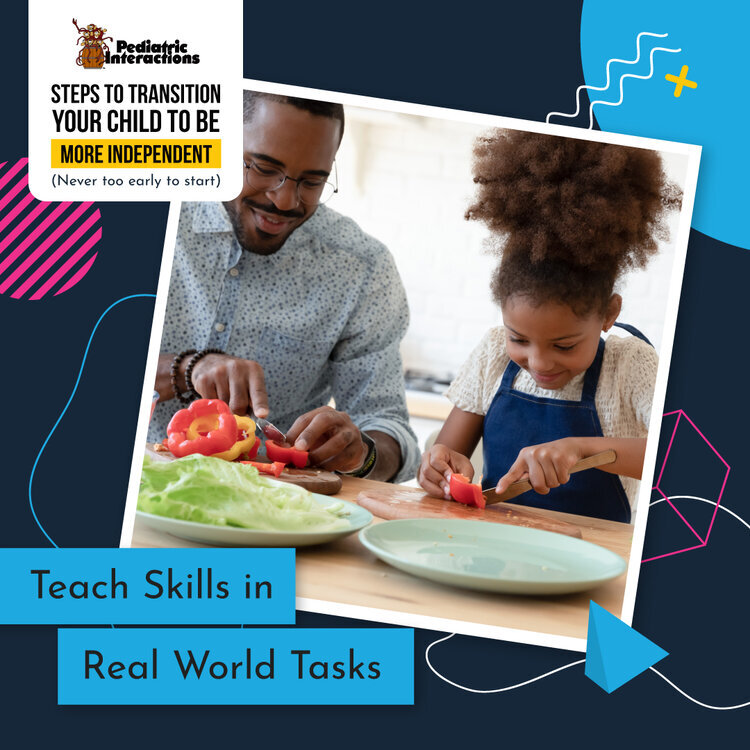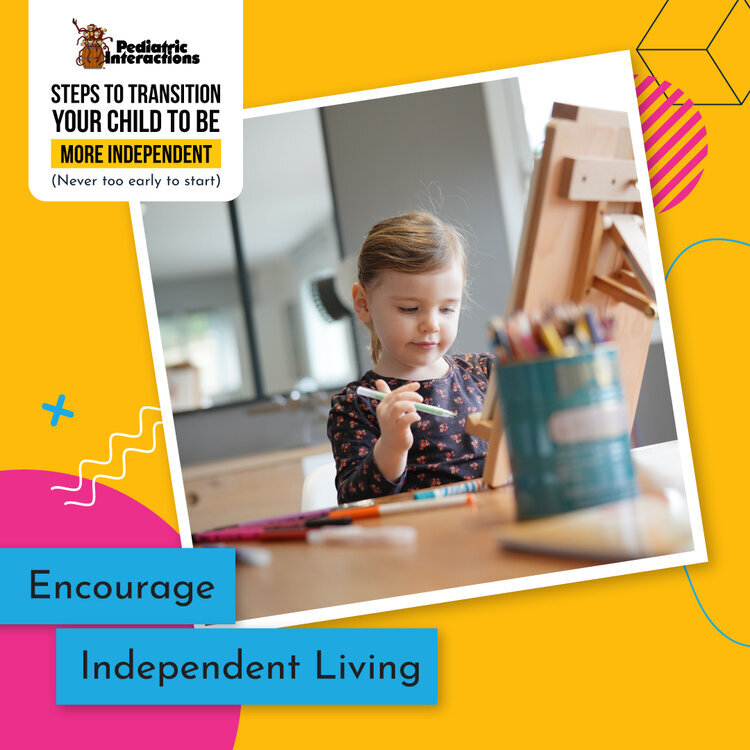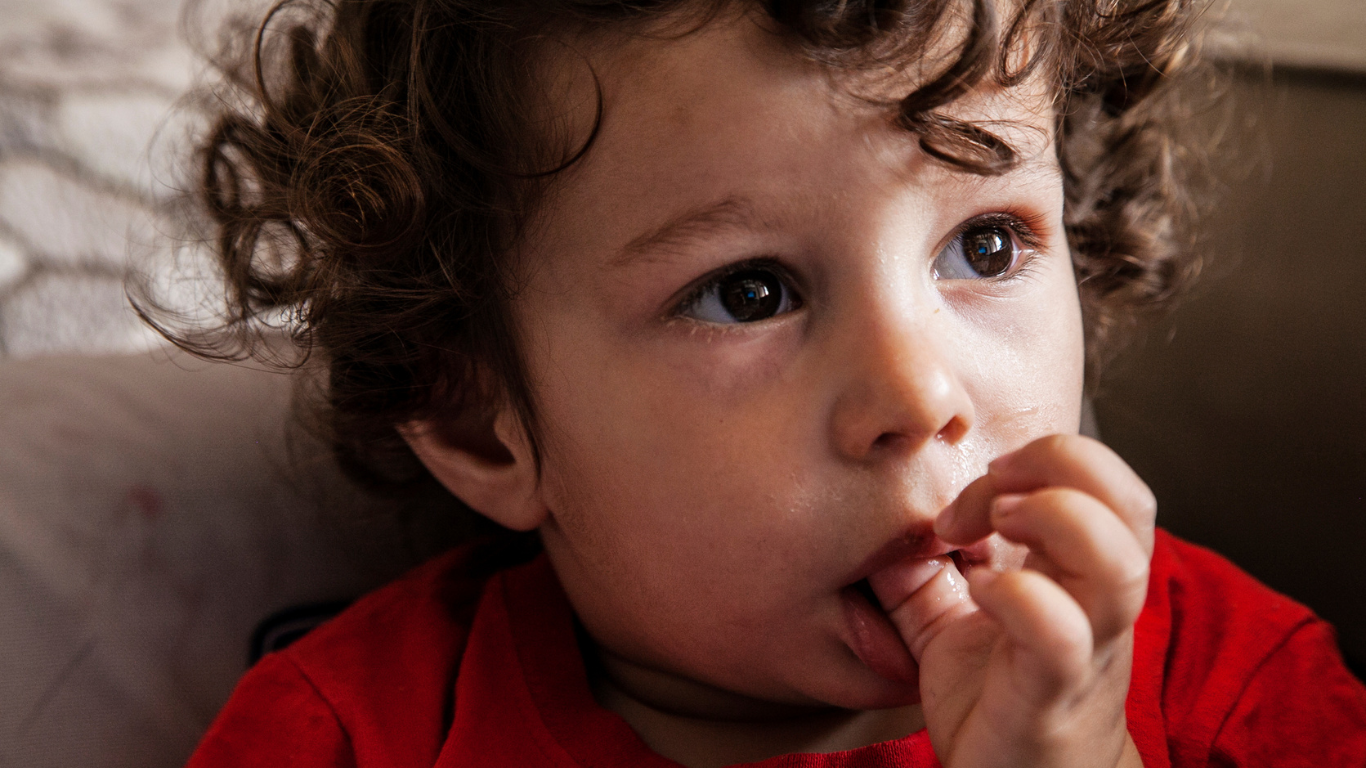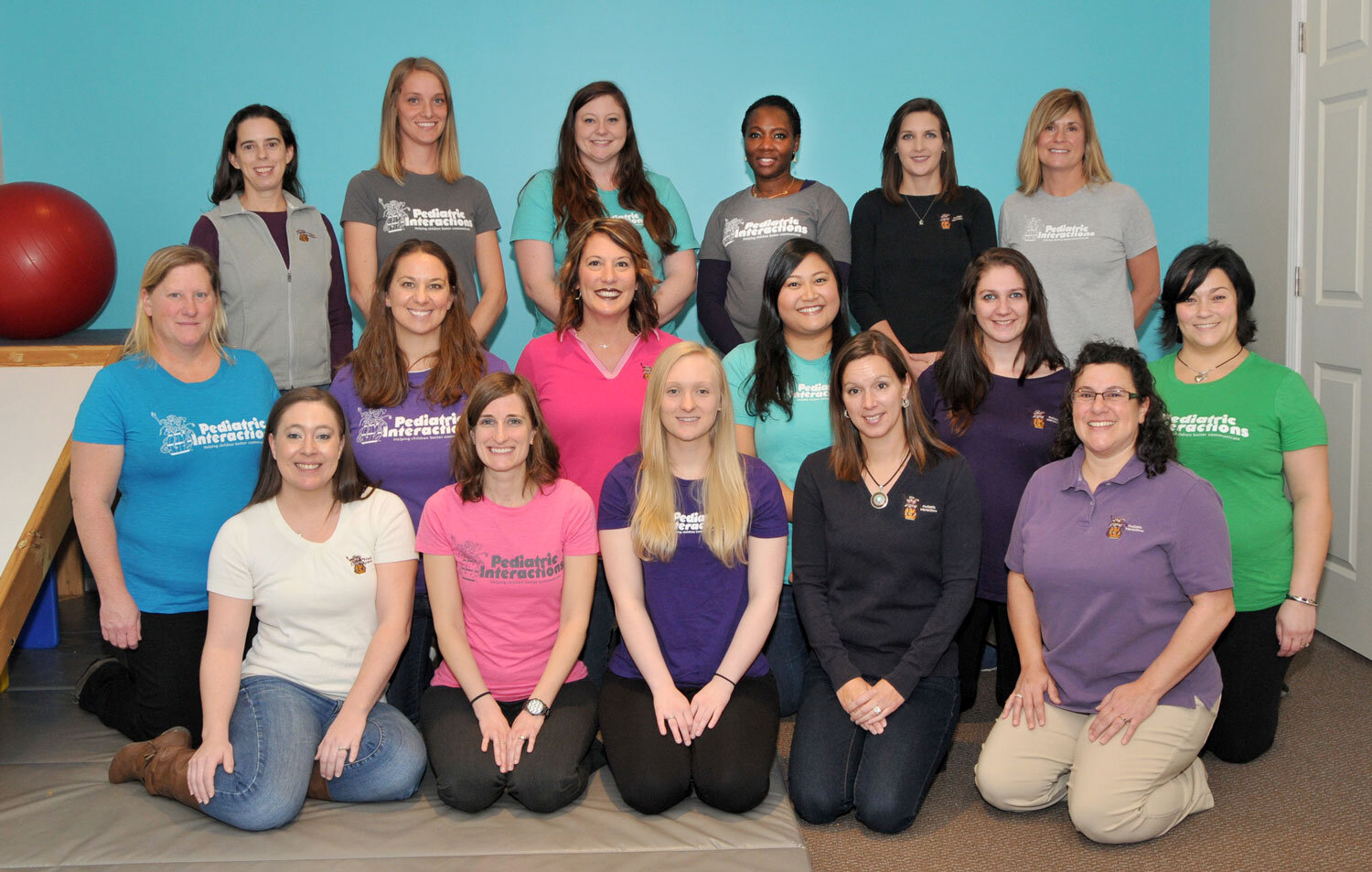6 Steps to Transition Your Child to be More Independent
6 Steps to Transition to Adulthood was featured in Milestones Magazine; however, it’s never too early to start teaching your child to be more independent. It can be scary for families as their child is diagnosed and is starting therapy. There are a lot of people and resources to support you. We wanted to share these tips, because a lot of them also apply to families with younger children.
1.Set Up Financial Security.
At Pediatric Interactions, Inc.,we have worked very hard to employ therapists, cultivate our management team, and develop a vision that will support families so they never have to feel alone! Many resources can assist with financial security for children as they become young adults (e.g., PUNS list, Social Security). Families should apply for these services as soon as they can to ease the financial burden which may come along with independent living and employment.
2.Work with the School Program.
Some families start services before their child is 3 years old in Early Intervention. Others gain support when their child first enters early childhood or kindergarten. Teachers and school support staff address skills which can impact their education/learning. It’s important to have good communication with your child’s team. However, private therapists can target many of the skills needed to address family centered goals in the home for daily routines and other activities. At Pediatric Interactions, Inc., we engage our clients and make activities exciting so that they have fun while learning.
3.Teach Skills in Real World Tasks.
The best way to practice and learn skills is in daily routines and real world activities. So many concepts are embedded in our day to day lives that we often don’t even realize it. How many times do we push, pull, put something in, take something out? When we address these concepts during play, the child enjoys routines they do every day while pairing the motor plan that goes with it. This allows the brain to better understand and remember, not only the concepts, but how to do the task itself.
4.Practice Skills in the Community.
Kids have to grow up and use skills beyond the typical or traditional therapy setting or even the home where they are comfortable. Now is the time to go into the community to engage your child in tasks like grocery shopping, learning what to do during a trip to the laundromat, or eating out at McDonalds with a friend! These skills will increase your child’s skills and later their level of independence. This sounds like fun doesn’t it? It sounds easy too, right? But as parents how often have we been conditioned to help our children? Watching your child struggle is not an easy task at all. In the community, therapists work on decreasing the amount of support we give our clients so that we can increase their independence. It is so easy to fall back into that helping role as parents or caregivers. If our child is not understood, what do we do? Of course, we repeat what we know they are saying. As we struggle to make our children more independent, we need them to begin to understand how to resolve breakdowns in communication. A speech-language pathologist can help you create and use a communication system, maybe with pictures, signs, or on a device, to help your child talk to others.
5.Your Child’s Hobbies/Interests.
What does your child like doing? Have you encouraged them to try new things (art, music, sports, STEM, service-based groups). Take a look at your child’s strengths and build on these. Having a hobby and different interests will be a solid foundation of development as your child grows. As a family, you may want to take the opportunity to build an outing based on your child’s interests and/or strengths. If your child, is high energy, consider taking him or her to the park where they can not only run around but have the opportunity to engage with peers. If your child loves books, the library is a great place to take a day trip. Most libraries have activities specifically centered around children such as interactive story times. You know your child better than anyone and can help them by matching activities with their strengths and interests. Ask your therapist or contact Pediatric Interactions, Inc to find out more activities that could match your child’s interests.
6.Encourage Independent Living.
No, your child isn’t going to be living alone….right now. But maybe they will be living independently as young adults. It can be scary to think of our children growing up and getting older. Not only does it mean we are getting older but one day, they will not have us for support. Encourage your child to play house and participate in activities during daily routines (help throw their diaper away, use their pretend broom to sweep the floor). There are so many activities that support independence. Your child can set up a tent and keep their own house, clean up after themselves using the clean up song, and many other daily routines that foster independence. When your child struggles with a new activity, simply model “I need help” so they know what to say if they truly can’t do it on their own. In the meantime, see if they can problem solve and figure out how to do it on their own. That may be a bigger challenge for the adults rather than the child!
Whatever stage your child is at, littles to young adults, know that you are not alone. Please reach out to those around you for resources. We are happy to help at Pediatric Interactions, Inc. for your therapy needs and/or to provide you with resources that may be helpful: www.PediatricInteractions.com and follow us on Facebook!










